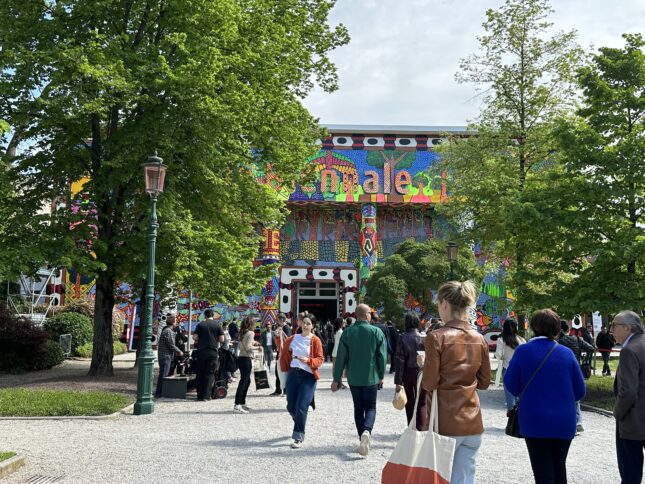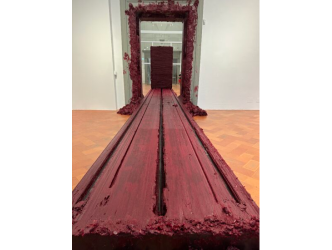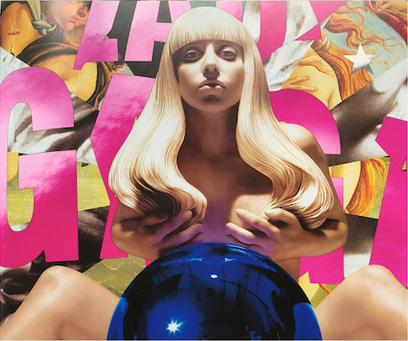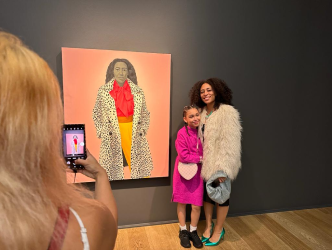330 artists, 82 offsite exhibitions
This year the Venice Biennale is a very “serious” show. Serious because the world is in crisis and contemporary art is reflecting this. The most colossal global showcase of contemporary art, which this year presents an offering that is (too) extensive, featuring 330 artists as part of the official organization plus over 82 offsite exhibitions, is marked by the turmoil of current events. (See here and here the reports about the Venice Biennale 2022)
Not the Russians, nor Venezuelan, nor Israelis

So this time it’s the Russians, owing to the war, who are not expressing themselves at their pavilion. Nor are the Venezuelans, overtaken by general chaos. Nor are the Israelis. Because at the last minute the artist representing the Hebrew State, Ruth Patir, decided to keep her space closed “until the ceasefire and liberation of hostages”. On her website, we can see one of the films showing the remnants of ancient figurines which she has brought to life, and which appear in the street, seeming to rise up against the current situation.
Adriano Pedrosa
The Venice Biennale is also serious this year because the 2024 curator of the show, Adriano Pedrosa, who is also director of the Sao Paulo art museum, has chosen to give a political tone to his choices, whose colour is announced with the title of the show: “Foreigners Everywhere”. The art historian believes, as he tells us, in the “transformative experience” of art.
Tarsila and Raza
From the Brazilian Tarsila do Amaral (1886-1973) (See here the report about Tarsila’s show at Moma) to the Indian artist Raza (1922-2016) (See here the report about the Raza show at Pompidou) he has put together painters who have for a long time been overlooked by the West in a very masterful exhibition. Real effort accorded to the presentation of paintings is something that is quite rare to be highlighted in previous biennales. “We worked almost to the centimetre on the presentation,” says the curator.
Dead artists
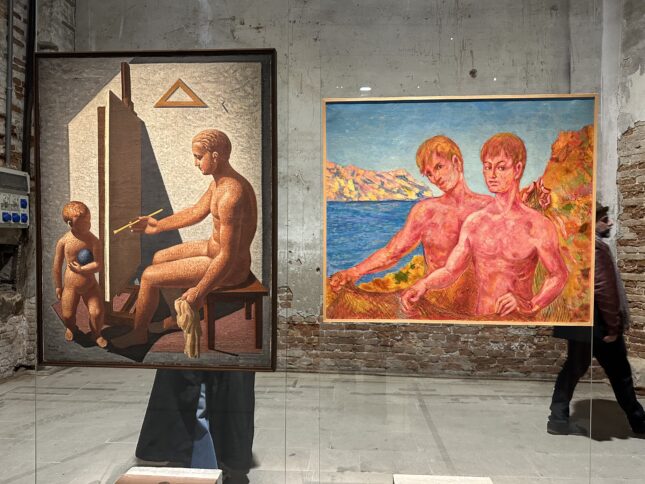
We say it is a shame that the majority of artists on display are dead. He replies: “Many people will feel an upheaval. I am proposing a revision of 20th-century art by examining modernism in the Global South. In this way the Biennale is repaying a debt to all these extraordinary artists who have never participated in the show and this will allow them perhaps to be displayed elsewhere too.”
Louis Fratino
Adriano Pedrosa is also especially sensitive to the LGBTQ+ cause. So one room is almost entirely dedicated to the young and very talented American painter Louis Fratino (born in 1993) who depicts scenes from the daily life of a homosexual couple in a post-cubist style. (See here and here reports about the art market speaking about Louis Fratino)
Puppies Puppies
The curator also makes a powerful statement with the installation in the little garden of the international Pavilion, in the Giardini, of a statue which he deliberately places alone, isolated. From afar you might mistake it for a classical depiction of a female nude. Up close this bronze life-size work by the American artist Puppies Puppies (born in 1989) shows a hybrid body, in the process of transformation, under which is written the word “Woman”. This is a self-portrait that addresses the malaise experienced by transsexuals “who are judged according to their genitals,” explains the artist.
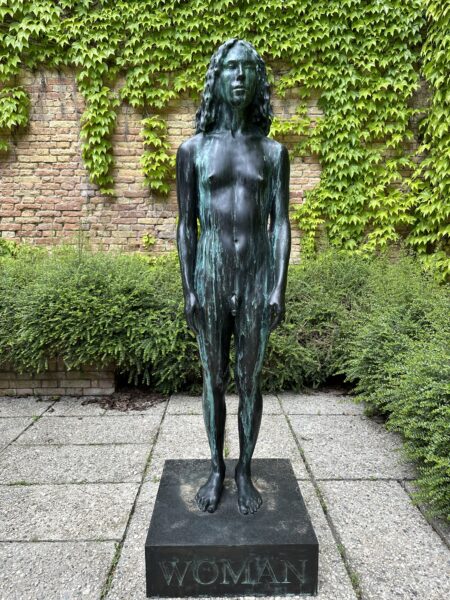
Puppies Puppies
Political always
Artists who have been forgotten or mistreated by public opinion, expressions of the injustices of history… It is rare to find at the Venice Biennale in its 2024 edition an artistic presentation that doesn’t have some political justification in one way or another.
Sol Calero
Adriano Pedrosa has for example commissioned an installation by the artist from Venezuela who lives in Berlin, Sol Calero (born in 1982), in the form of a pavilion that she considers to be a painting deployed in three dimensions. You might think this creation would be all lightness. But here she has collected materials from previous biennales to erect a small and very colourful pavilion composed of various motifs which she has named after a culinary delicacy in her country: “Pabellon Criollo” (creole pavilion). It is a testimony to the heritage of slavery in Venezuelan collective memory.
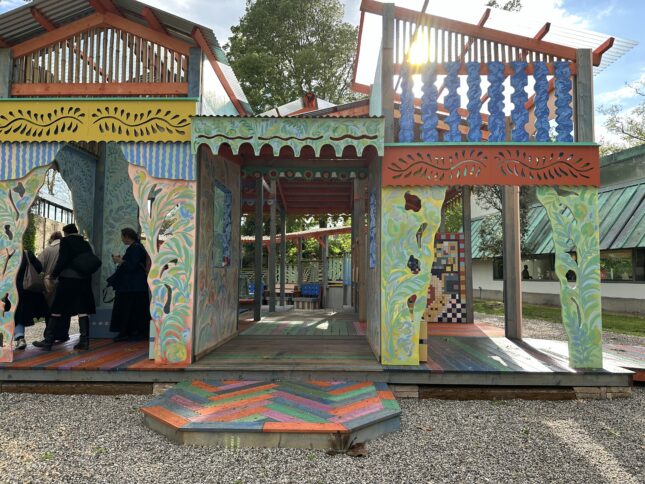
Sol Calero
Ersan Mondtag
In the Giardini the most dramatic national pavilion is probably Germany’s, occupied by the Israeli artist who lives in Berlin, Yael Bartana (born in 1970) and the director of Turkish origin Ersan Mondtag (born in 1987). In a space immersed in darkness she presents futuristic films about the devastation of our planet and a journey to other galaxies, while he has conceived a performance in a dark tower. Actors show through their gestures the death of his grandfather, who was an immigrant from Anatolia to Germany in 1967. He died of cancer after working in an asbestos factory, “He never wanted to talk about it. I wanted to create a monument to the unknown workers,” explains Mondtag.
Julien Creuzet
The French pavilion is one that provides a certain enjoyment. It is occupied by Julien Creuzet (born in 1988) who seeks and succeeds in creating a real sense of wellbeing while dismantling stereotypes in relation to former colonies through dreamy videos and colourful sculptures.
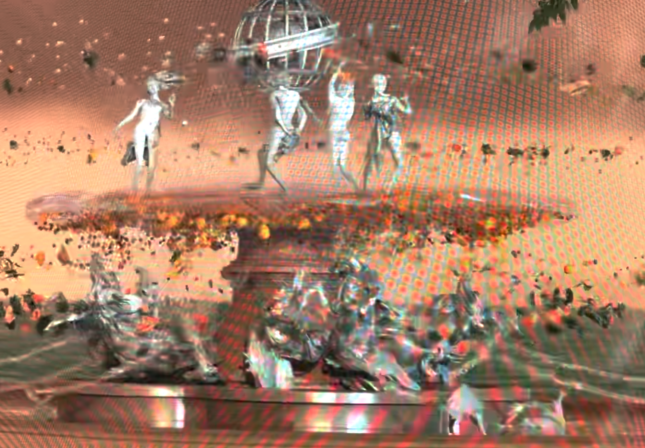
Julien Creuzet
It’s one of the few places that allows an escape from the sombre atmosphere.
His story starts outside the building with a giant video projection that literally dismantles a Parisian fountain in the Jardin de l’Observatoire. The monument shows four continents in a very imperialist vision. But here the figures seem to be dancing. “We often forget the intelligence, the memory of the body. Inside I want to offer a space which, through images and sounds, creates a sensation that is truly for the body,” comments Julien Creuzet.
Jeffrey Gibson
The American pavilion, always much anticipated, is this year revisited by the descendent of Native American Cherokee and Choctaw tribes, Jeffrey Gibson (born in 1972). He has created a space of a beautiful exuberance which unites various influences, as he explains “from indigenous tradition to psychedelic art via a queer aesthetic” to imagine a profusion of geometric forms in bright and contrasting colours. An example of when the décor becomes the main subject. Many exhibits by indigenous artists give, through the Biennale, the starring role to the mural decorations.
Golden Lions
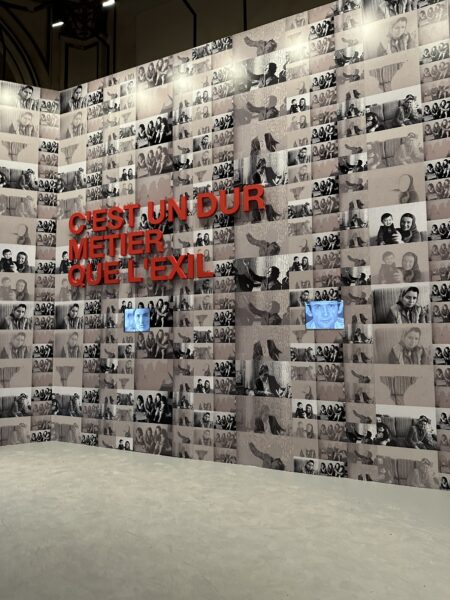
Nil Yalter
It is customary at each edition to award certain artists for an accomplished career. The Turkish artist Nil Yalter (born in 1938) who lives in France and the Brazilian-Italian artist Anna Maria Maiolino (born in 1942) have each received a Golden Lion this year. The first has since the 1970s addressed the topic of exile using a conceptual approach. You can see one of her installations at the Giardini, which takes the principles of repetition from advertising using the slogan: “Exile is a Hard Job”.
Anna Maria Maiolino
Maiolino, for her part, has created one of the most beautiful installations on view this year, located right at the end of the Arsenale but which is, alas, very difficult to find. It is composed of piles of various forms made from clay that she has rendered sensual through the magic of her constructions. She has made the trip from Brazil to Venice to receive her award. She says: “I am happy to return to the country of my birth. I didn’t really look for sensuality in this piece. The viewer will project their own visions onto it. I think it is the material, in this case clay, that dictates the forms.”
Australian Archie Moore (born in 1970) a first Nations artist has been awarded a golden lion for his pavilion. He has invaded the space with a family tree that seems infinite, drawn in chalk on black paint. It conveys the breadth of family memory.
Koo Jeong A
Lastly, for a diffuse and subtle kind of poetry, an art that is almost immaterial, you have to go and visit the South Korean pavilion represented this year by Koo Jeong A (born in 1967). Here, it is your sense of smell that she wants to put into action. (See here another interview of Koo Jeong Ha)
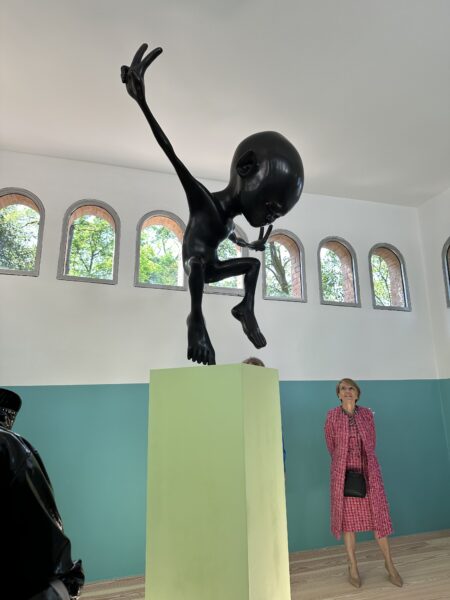
Koo Jeong Ha
In the centre of the pavilion a fictional figure in bronze inspired by one of her animated films emanates different odours from the nose, olfactory souvenirs of Korea conceived following a study. Koo has the dream, through her Odorama project, “to establish a relationship with all these people I have never met”. A message of love that we all need in these turbulent times.
Until 24 November. https://www.labiennale.org/en
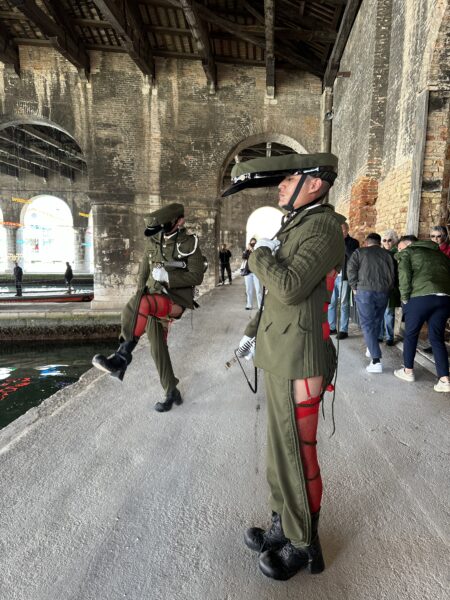
Venice Biennale 2024
(Follow me: Episode 2 of the Biennale will focus on the exhibitions spread across the whole of Venice)
Donating=Supporting

Support independent news on art.
Your contribution : Make a monthly commitment to support JB Reports or a one off contribution as and when you feel like it. Choose the option that suits you best.
Need to cancel a recurring donation? Please go here.
The donation is considered to be a subscription for a fee set by the donor and for a duration also set by the donor.

